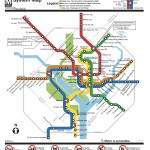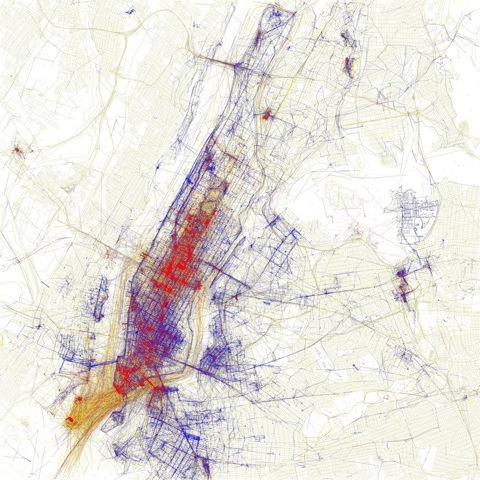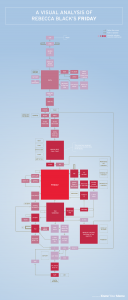This is fascinating, red the whole article (linked below.) Thank you Sharron Macklin at OIT for sharing this with me.
Citation by Citation, New Maps Chart Hot Research and Scholarship’s Hidden Terrain
By Jennifer HowardImagine a Google Maps of scholarship, a set of tools sophisticated enough to help researchers locate hot research, spot hidden connections to other fields, and even identify new disciplines as they emerge in the sprawling terrain of scholarly communication. Creating new ways to identify and analyze patterns in millions of journal citations, a team led by two biologists, Carl T. Bergstrom and Jevin D. West, and a physicist, Martin Rosvall, has set out to build just such a guidance system.

This network of disciplines shows how strongly different areas in the large JSTOR collection of scholarly journals are connected. Thicker lines represent more back-and-forth journal citations; thinner lines indicate less communication.
via Maps of Citations Uncover New Fields of Scholarship – Research – The Chronicle of Higher Education.











 Gerrymandering is an interesting use of maps to political ends. I remember reading about how computers have really changed this, allowing for much more precise (and ludicrous) redistricting in the last two censuses (2000 and 2010) that can target political maps on a per-household basis.
Gerrymandering is an interesting use of maps to political ends. I remember reading about how computers have really changed this, allowing for much more precise (and ludicrous) redistricting in the last two censuses (2000 and 2010) that can target political maps on a per-household basis.


